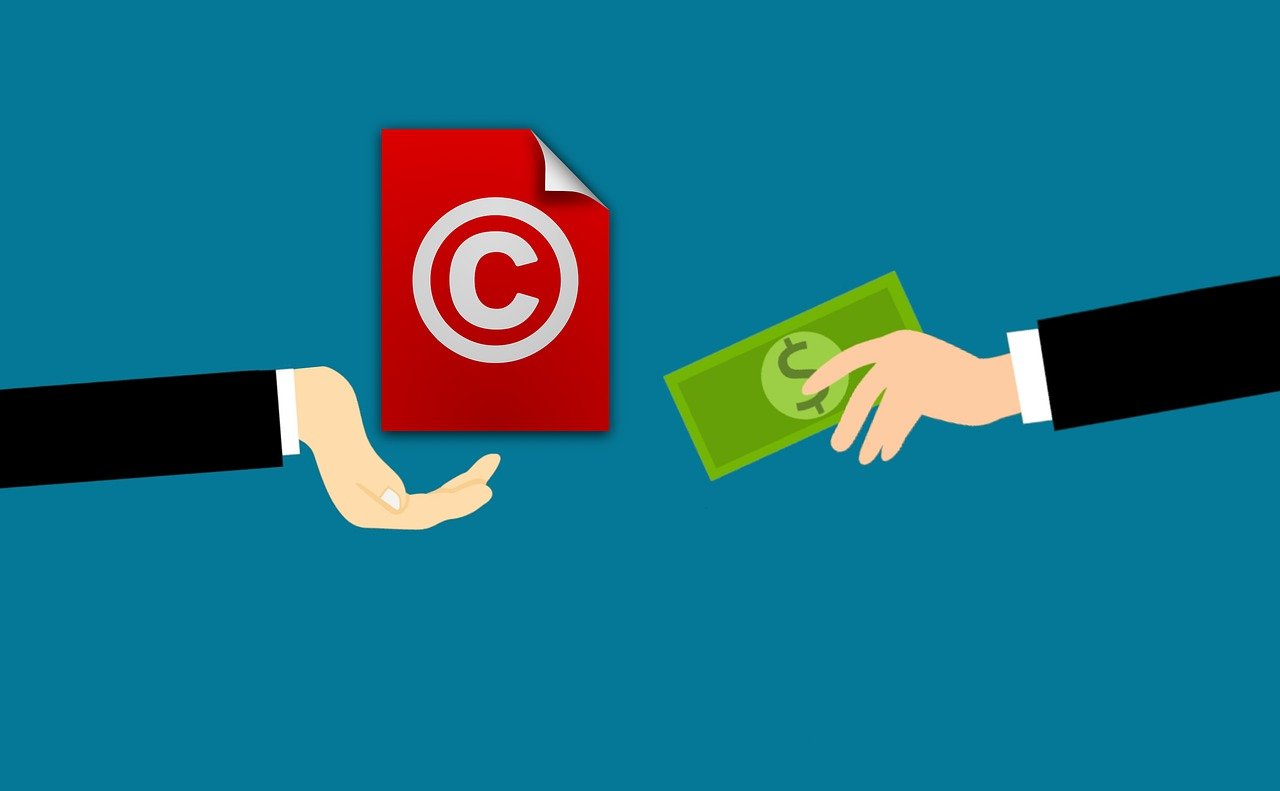First of all, your trade mark should meet the following requirements:
1. It must be clearly defined.
2. It should be different from others and should not describe what you are selling.
Second, you should follow a four-tier system for registering trade marks:
1. You can protect your trade mark in one EU Member State (e.g., if your business is based in that country, or if you want to trade there). In this case you file a trade mark application directly at the relevant national intellectual property office.
2. You can protect your trade mark in Belgium, the Netherlands and/or Luxembourg. In this case you file an application to the Benelux Office of Intellectual Property (BOIP), the only regional-level intellectual property office in the EU.
3. You can protect your trade mark in more Member States of the EU. In this case you apply for an EU trade mark from The European Union Intellectual Property Office (EUIPO). A single registration is valid in all EU member states. An online application at EUIPO costs €850 and is filed in just one language. It is valid for 10 years and can be renewed indefinitely every 10 years.
4. You can use your national, regional or EU trade mark application to expand your protection internationally, to any country that is a signatory of the Madrid Protocol.
5.
If you decide to register your trademark in the EU, you should choose a variant of trade mark:
Individual trade mark – it distinguishes the goods and services of one single company or person from the goods and services of another one. It can belong to one or more legal entities or individuals. The basic registration fee starts at € 850 (electronic means)
Collective trade mark – it distinguishes the goods and services of a group of companies or members of an association from the goods and services of competitors. They are often used to identify products with some similar characteristics. Only associations of manufacturers, producers, suppliers of services or traders and legal persons governed by public law, may apply for collective marks. The application fee is EUR 1 500 (electronic means).
Certification trade mark (introduced at EUIPO on 1 October 2017) – it is used to indicate that goods or services comply with the certification requirements of a certifying institution or organization; it`s a sign of supervised quality. Any natural or legal person, including institutions, authorities and bodies governed by public law, may apply for EU certification marks provided that such person does not carry on a business involving the supply of goods or services of the kind certified. The application fee is EUR 1 500 (electronic means).
So, what`s the way to register your trade mark in the EU?
You can do it in 5 steps:
STEP 1.
You should choose a type of trade mark:
Word mark – itconsists exclusively of words or letters, numerals, other standard typographic characters or a combination thereof that can be typed.
Figurative mark – it consists of non-standard characters, stylization or layout, or where a graphic feature or a color are used, including marks that consist exclusively of figurative elements.
Figurative mark containing word elements* – itconsists of a combination of verbal and figurative elements.
Shape mark – itconsists of, or extends to, a three-dimensional shape. It can include containers, packaging, the product itself or its appearance.
Shape mark containing word elements*.
Position mark – itperforms a specific way in which the mark is placed or affixed to the product.
Pattern mark – it consists exclusively of a set of elements which are repeated regularly.
Colour (single) mark – itconsists exclusively of a single colour (without contours).
Colour (combination) mark – itconsists exclusively of a combination of colours (without contours)
Sound mark – itconsists exclusively of a sound or a combination of sounds.
Motion mark – it consists of, or extends to, a movement or a change in the position of the elements of a mark.
Multimedia mark – itconsists of, or extends to, the combination of images and sound.
Hologram mark – a new category of trade mark (since 1 October 2017). It consist of elements with holographic characteristics.
*Note: These trade mark types are not separate categories under the EU trade mark Implementing Regulation. They are however differentiated in the e-filing for practical and technical reasons.
If your trade mark falls into one of the trade mark categories adopted by the Office and can be presented in accepted formats, you can file it as an application without graphical presentation.
STEP 2.
You should choose a trade mark class.
The European Union Intellectual Property Office (EUIPO) has adopted the Nice Classification for classifying goods and services. The Nice Classification divides the goods and services into 45 classes.
The application fee for one class is EUR 850. For an additional fee (EUR 50) you can add a second class, and for three or more classes you have to pay EUR 150 for each class.
When you apply for a trade mark you can use EUIPO online application forms, the Five-step form or the advanced form. There you can search and browse through the Harmonised Database – a list of goods and services. It contains terms that have already been accepted by EUIPO and by all national IP offices in the European Union and beyond. This database allows EUIPO to process your application more smoothly. Your application could also be accepted for Fast Track, it`s EUIPO’s accelerated procedure to have your application published faster. And you can also prepare your list before applying using EUIPO “Goods and services builder”, which is recommended for professional practitioners, as sometimes several applications need to be submitted at once.
STEP 3.
You should check if your trade mark is unique and there`s no similar trade mark.
STEP 4.
You should fill in your data (names, titles, addresses, contacts)
STEP 5.
You should confirm and pay for registration.

